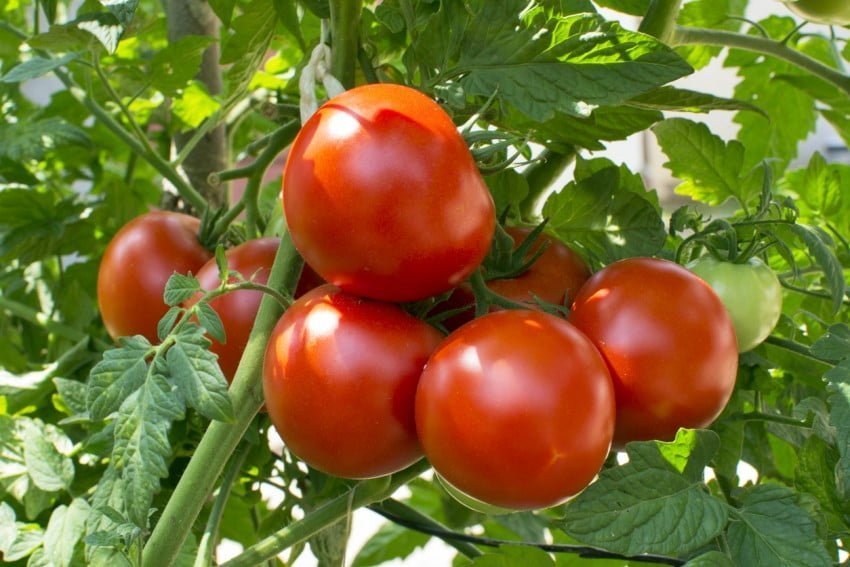Morocco is reinforcing the upward trend in greenhouse tomato exports this year, following the industry’s recovery from the autumn crisis of 2023, according to EastFruit. From January to July, Moroccan tomato exports have remained at record-high levels, with the country already having shipped 424,000 tons of produce to international markets.

This figure represents a 16% increase compared to the average export volume for January-July over the past five years, with the closest comparable figure being 414,000 tons in 2022. During this period, Morocco set monthly export records in January, March, and July. The final export figure for 2024 will largely depend on autumn developments and the impact of summer weather conditions, which have been far from ideal.
Approximately half of Morocco’s tomato exports were directed to France, with the remaining volumes mainly distributed among EU countries, the UK, and Sub-Saharan Africa. Notably, Germany showed the greatest progress in importing Moroccan tomatoes, with 25,000 tons shipped in the first seven months of this year, compared to 21,000 tons for the entire previous year.
 It is important to note that these figures only reflect direct shipments of Moroccan products, while their actual presence in global markets may be much more extensive. Since Moroccan exporters initially targeted the so-called old EU countries (France, Spain, the Netherlands, etc.), exports to newer EU members such as Poland, the Czech Republic, and the Baltic states are currently facilitated through these countries.
It is important to note that these figures only reflect direct shipments of Moroccan products, while their actual presence in global markets may be much more extensive. Since Moroccan exporters initially targeted the so-called old EU countries (France, Spain, the Netherlands, etc.), exports to newer EU members such as Poland, the Czech Republic, and the Baltic states are currently facilitated through these countries.
According to Polish statistics, tomato imports from Morocco reached 30,000 tons from January to July 2024. However, in Moroccan export data, these volumes are likely recorded as sales to France, the Netherlands, or Germany. Furthermore, Morocco has already become a trendsetter in the Polish tomato market, particularly in the segment of various types of cherry tomatoes.
Both Moroccan and Egyptian fresh produce suppliers are invited to join the trade mission to Warsaw, Poland, in November this year to meet in person largest buyers of fruits and vegetables from Eastern Europe. The event is organized by the FAO/EBRD Project “Food Security Package SEMED – Diversifying and adding value to export markets”.
Exporters are also encouraged to familiarize themselves with the following pre-mission materials:
· video-recording of the training on navigating the Eastern European fresh produce market
· an in-depth video-presentation of the Polish market specifics and requirements.
The use of the site materials is free if there is a direct and open for search engines hyperlink to a specific publication of the East-Fruit.com website.




